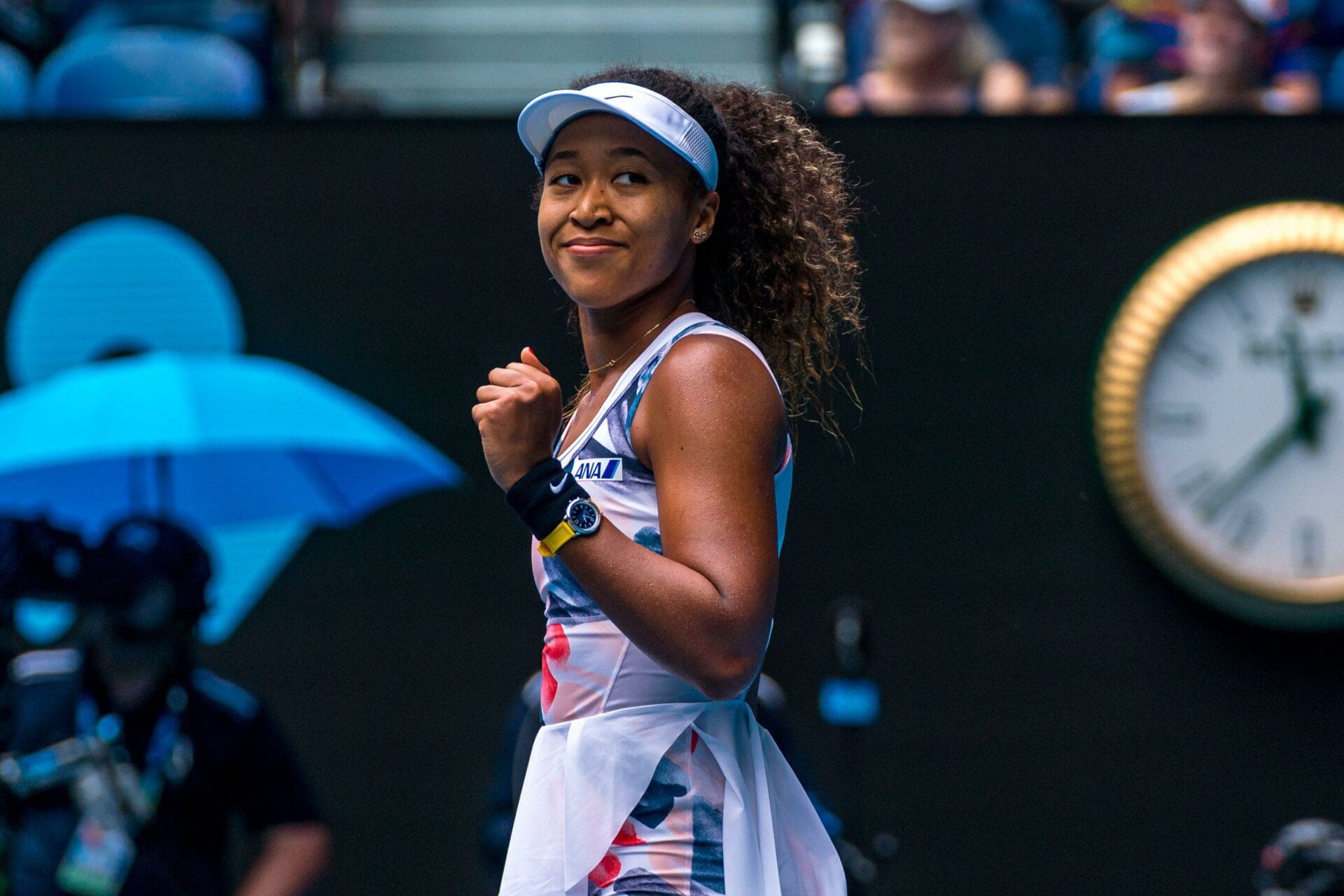Naomi Osaka has always been known for her poise under pressure. Her victories on hard courts, especially her two titles at the US Open, positioned her among the most promising athletes of her generation. But it wasn’t her serve or speed that sparked global conversation in recent years. Instead, it was her decision to put her well-being first in a way few champions ever have.
She paused her professional career not due to injury, but to prioritize her mental health. This choice carried weight. It defied expectation, invited dialogue, and reshaped what it means to be successful both on and off the court. In doing so, the US Open champion became something larger than sport – a public advocate for balance in a demanding world.
Taking a Stand During a Critical Career Moment
The turning point arrived in 2021. Naomi Osaka withdrew from the French Open, explaining she would not participate in post-match press conferences due to anxiety. That announcement snowballed into something much larger. Her honesty triggered immediate backlash from officials, but the public response was different.
Fans, fellow athletes, and mental health advocates united in support. Many praised her courage to be open, especially since such honesty is rare at the elite sports level. It wasn’t just about skipping media obligations. It was about owning the right to protect her mind as much as her body.
The Impact Beyond the Tennis Community
Her story broke through tennis circles. Commentators across different sports began reexamining how performance expectations can strain emotional well-being. She gave permission, in a sense, for others to pause and reflect. Soon after, Olympic gymnast Simone Biles cited similar challenges when stepping back from competition.
Naomi Osaka’s influence echoed through these moments, providing a new model of leadership. Prioritizing mental health, once seen as an excuse, began to look like an act of mature discipline. This cultural shift didn’t just happen by chance; it happened because athletes like her chose to speak out when staying silent would’ve been the easier path.
Returning to the Court With a Renewed Perspective
Her journey didn’t end with her break from tennis. Naomi Osaka returned in 2022 and 2023 with a measured approach, aware of both her strengths and limits. Though her ranking dipped, her focus was different. Competing was still important, but she began speaking more about balance and personal clarity.
In 2023, she appeared at the US Open again, not as a competitor but as a panelist at a mental health forum. There, alongside Michael Phelps and Surgeon General Vivek Murthy, she shared reflections on anxiety, loneliness, and growth. Her voice was steady and grounded. The four-time Grand Slam winner wasn’t just talking about tennis.
Motherhood and Identity Beyond Competition
Naomi Osaka welcomed her first child in 2023. Becoming a mother added new depth to her evolving identity. She has spoken candidly about the challenges of postpartum recovery and the emotional shifts that come with parenthood. Returning to the court in 2024 was never about proving something.
It was about rediscovering joy in movement, in purpose, in competition. That joy became evident when she lifted a WTA trophy in Saint-Malo – the first since her break. It didn’t have the media frenzy of the US Open, but the win carried its own quiet meaning. She was playing for something more than ranking points.
Reinventing the Conversation Around Athlete Expectations
In media interviews, Osaka has shared her frustrations with public misunderstanding. After a loss, she once shared that her “heart dies every time.” The heavy weight of outside expectations still lingers, but what’s changed now is how she responds.
She’s more vocal about setting terms. She speaks directly to fans through social platforms, not filtered through press quotes or sound bites. Her message is simple: everyone deserves space to reset. For young athletes, especially, Naomi Osaka’s transparency challenges long-standing myths about toughness.
Reactions From Sponsors and the Broader Industry
What surprised many was how her sponsors stood by her. Nike, Mastercard, and others released statements affirming her decision to step away. They didn’t pressure her to compete or keep up appearances. Instead, they leaned into her message.
This wasn’t just good PR. It was a sign that companies were adapting. That brand partnerships were beginning to align more with authentic values rather than simple performance metrics. It marked a real-time shift in how endorsement deals, public image, and personal well-being can coexist.
Current Performance and Form
Naomi Osaka enters the summer of 2025 ranked around world No. 49 after a comeback that includes a WTA 125 title in Saint‑Malo and strong showings in Auckland and Montreal. At the National Bank Open in Toronto, she reached her first WTA 1000 final in over two years, defeating four seeded opponents across six matches.
Notably, she recorded a 6‑1, 6‑0 win over Anastasija Sevastova and a gutsy semifinal victory over Clara Tauson. Her run ended with a narrow three-set loss to Canadian teen Victoria Mboko. With a 26–12 record and renewed match sharpness, Osaka is blending rhythm and resilience while managing the physical toll of competition.
Looking Toward the US Open 2025
The Women’s US Open begins August 24 at the Billie Jean King National Tennis Center in New York, with the singles final set for September 6. Top contenders include Coco Gauff, Madison Keys, Iga Swiatek, and defending champion Aryna Sabalenka. Though Osaka might enter as a lower seed or wildcard, her recent form makes her a serious threat in the draw.
Following her Toronto surge, she has reappeared in women’s US Open odds, gaining attention as a dangerous outsider. With her serve statistics improving and on-court confidence rising, she enters the tournament carrying momentum. Whether she peaks or not, her presence alone elevates the storyline heading into Flushing Meadows.
A Legacy That Will Keep Inspiring Others
The image of Naomi Osaka lifting a trophy is powerful. But so is the image of her walking away when needed. She has changed how athletes think, how fans react, and how organizations respond.
Her stance has added a layer of humanity to a high-pressure sport. She didn’t aim to become a symbol. She became one by living truthfully. By doing so, she permitted others to follow suit, a legacy that may outlast even her greatest victories.
Disclaimer: This article reflects the most current information about Naomi Osaka’s career and public statements available at the time of writing. As her situation evolves, including competition schedules, rankings, and personal developments, details may change. Readers are encouraged to consult official sources and verified news outlets for the latest updates regarding her performances and public engagements.






